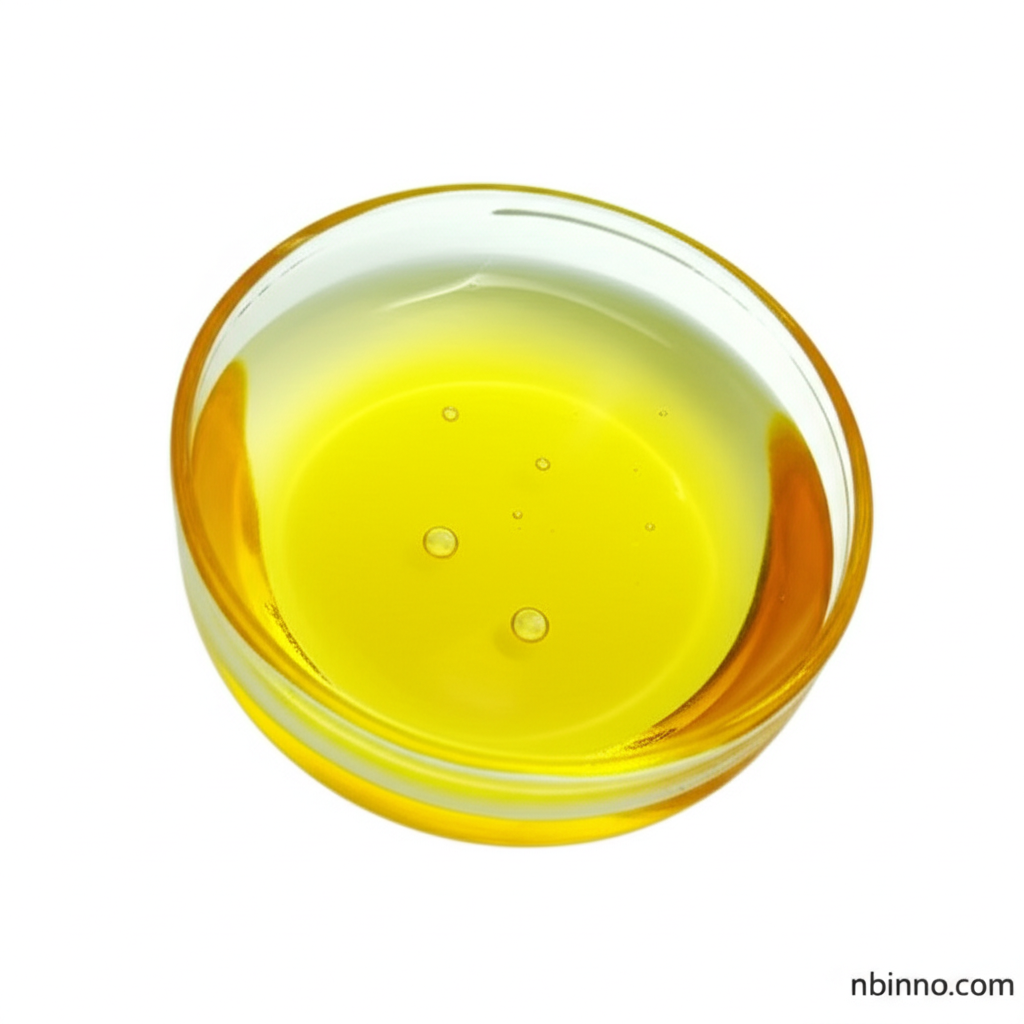Cyclopropanecarboxylic Acid: A Versatile Intermediate for Chemical Innovation
Discover the essential properties and diverse applications of Cyclopropanecarboxylic acid in modern chemical synthesis.
Get a Quote & SampleProduct Core Value

Cyclopropanecarboxylic Acid
Cyclopropanecarboxylic acid (CAS 1759-53-1) is a critical building block in the fine chemical industry. Its unique cyclopropane ring structure makes it an invaluable intermediate for the synthesis of complex molecules across various sectors, including pharmaceuticals, agrochemicals, and specialty materials. Its derivatives are known for their potent biological activities, serving as key components in pesticides, fungicides, and therapeutic agents.
- Explore the cyclopropanecarboxylic acid synthesis pathways for efficient industrial production.
- Understand the broad spectrum of cyclopropanecarboxylic acid uses, from pharmaceutical development to agrochemical applications.
- Delve into the detailed cyclopropanecarboxylic acid properties, including its physical and chemical characteristics.
- Learn why CAS 1759-53-1 applications are expanding in areas like electronics and polymer additives, driven by its versatile nature.
Key Advantages
Enhanced Efficacy of Derivatives
The cyclopropane moiety in cyclopropanecarboxylic acid significantly enhances the biological activity of its derivatives, making them potent pesticides and fungicides, crucial for agrochemical intermediates.
Versatile Synthetic Building Block
As a fundamental chemical intermediate, it enables complex organic synthesis, paving the way for novel drug discovery and the development of advanced materials in pharmaceutical intermediates.
Broad Industrial Applicability
From preserving food and cosmetics to acting as an oil-soluble coupler in color film, the extensive cyclopropanecarboxylic acid uses highlight its indispensable role in various industries.
Key Applications
Pharmaceutical Synthesis
Utilized as a key intermediate in the creation of active pharmaceutical ingredients (APIs), contributing to the development of new medicines and therapies by leveraging CAS 1759-53-1 applications.
Agrochemicals
Its derivatives are employed as pesticides and fungicides, playing a vital role in crop protection and agricultural productivity, underscoring its importance as agrochemical intermediates.
Dyes and Pigments
Serves as a raw material in the preparation of various dyes, contributing to the vibrant colors used in textiles and other industries, showcasing its role in fine chemical building blocks for dyes.
Cosmetics and Food Preservation
Its ester derivatives are widely used as preservatives in cosmetics and food products, ensuring product longevity and safety, aligning with cosmetic ingredient synthesis requirements.
